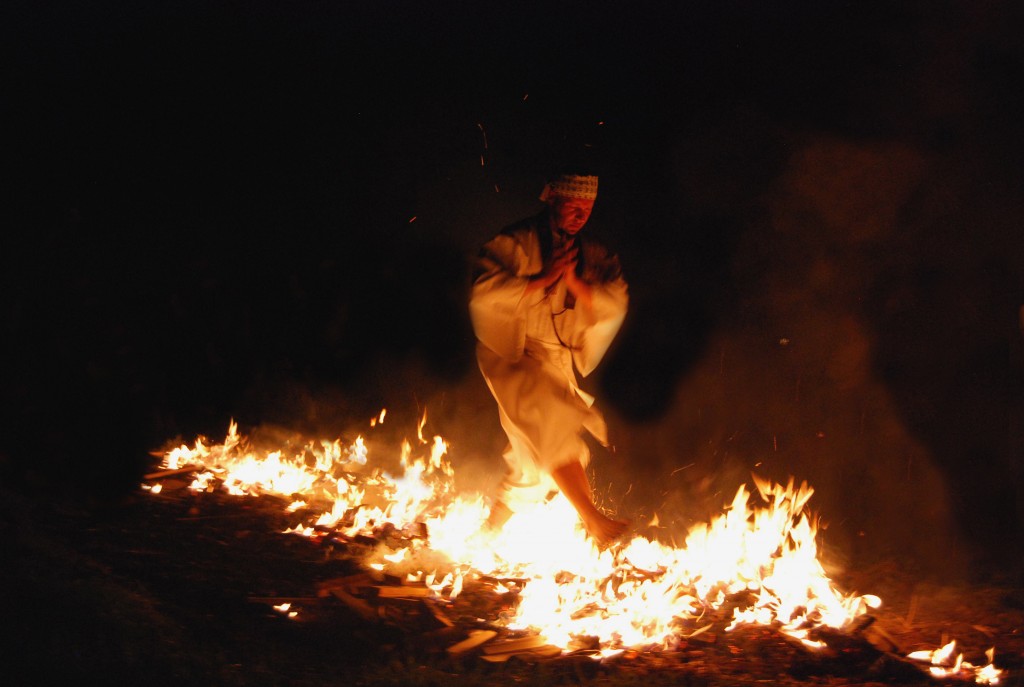
Christian Grübl is pioneering a new path in Austria (photos courtesy Grübl)
Shugendo (mountain asceticism) used to be one of Japan’s best-kept secrets, mainly because it was banned by the Meiji ideologues in 1872 and not made legal again until 1942. That it survived is testimony to its robustness and to the way that mountain worship is rooted in the Japanese psyche. Now it’s spreading abroad.
When I visited Dorogawa near the Omine mountains to explore Shugendo for myself, I kept hearing about a Frenchman who was well known in those parts for his accomplishments. Later I discovered that he had set up a Shugendo project in France, the website for which has achieved a certain fame for its authoritative information.
Now news comes of a Shugendo operation in Austria, and Green Shinto is delighted to carry an interview with Christian Grübl, the pioneering spirit in this project. Free of the ‘baggage’ that goes with mainstream Shinto, Shugendo offers Westerners a real chance to engage in authentic ‘back to nature’ spirituality. I believe its time has surely come!
*************************************************************************************
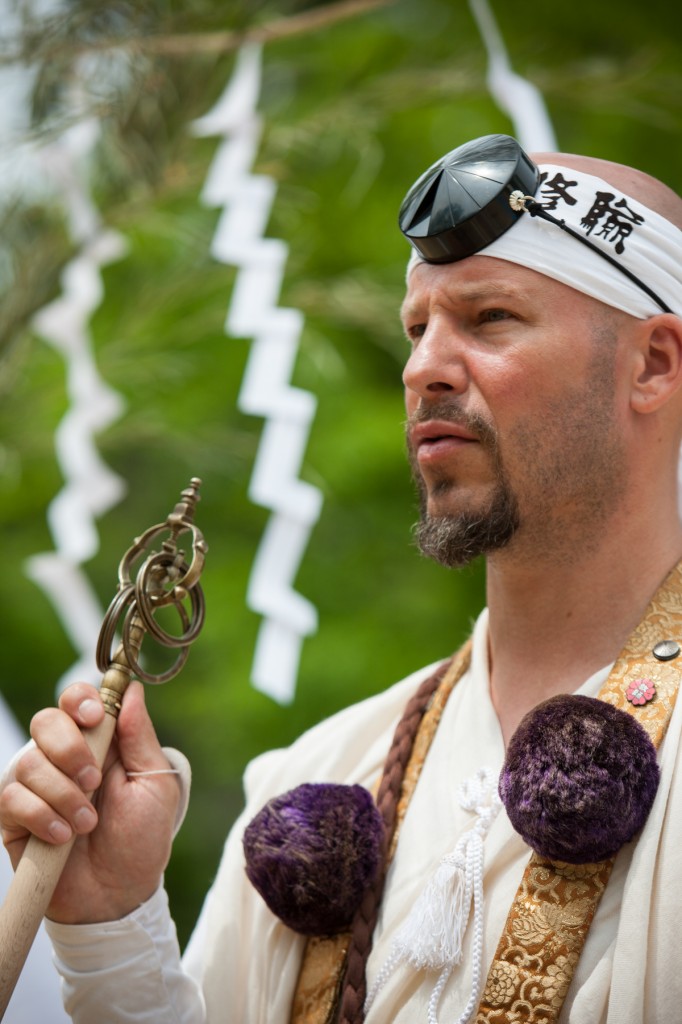
Christian Grübl, who is a qualified 'yamabushi' mountain ascetic
1) How did you come to practice such a very Japanese activity in a country like Austria?
As a kid i started to train in the Japanese martial arts Ninjutsu and Karate, and soon afterward I saw Bujutsu as my way of life.
When one looks into the arts of the Shinobi [high-level ninja], then you come across the Yamabushi [mountain ascetics] because their clothes were often used as camouflage in the art of Hensojutsu when infiltrating.
We also know the practice of Kuji-in and Kuji-kiri from Hollywood movies (where it is portrayed completely wrong). These are typical practices from Shugendo.
Around ten years ago I started to intensify my studies of Shugendo and studied in France for a while with a French Mikkyo monk. By coincidence I met my teacher Shokai Koshikidake thanks to digital media, and now I study every year with him in Japan.
2) You say you are a Yamabushi Monk of Koshikidake Koryu. Can you explain what that means exactly, and what does it involve?
I used to be a non-believer and didn’t really know what to do with
prayer. While studying Japanese mythology and my studies about Shugendo I discovered a completely new world for myself. I realized that the practices and prayers which I learned did have an effect.
My teacher too felt that I was very serious about Shugendo. At one time he asked me if I wanted to receive “Tokudo” – the inauguration to be a Shugenja. This was one of the most important moments of my life, a huge honor, but also tremendous responsibility.
In the 1400 year old Koshikidake tradition I was now the first European who would bring this way, this religion, to Europe and also have the authorization to teach it.
3) How did you go about setting up a group in a country with no
practitioners?
I think that by now more people are interested in old Asian culture and arts in the West than in Asia itself. In Japan most young people go dancing and want to have fun – which is completely OK. Unfortunately some very important things get lost and traditions die out. By contrast the interest in Martial Arts, Meditation and Japanese religion here in Europe is huge.
Two big TV Stations already produced short documentations about Shugendo. The only “problem” is that a lot of people think that Shugendo only consists of Waterfall Meditation and Firewalks, since the media like to show these practices.
Once a year I invite people to the Austrian Alps to take part in a waterfall meditation. It is incredible how many people are interested in this rather hard ascetic practice. The problem here in Europe is that we think completely differently than Japanese people, and Europeans often can’t get a grasp of the many different gods of Shinto and Buddhism.
The biggest struggle for people who have no previous experience with Japanese religion is to learn the basics. I am currently teaching a small group and have also had (guest) students from Russia and Germany already.
(To be continued.)
*******************************************************************************************
For further information about Christian’s activities, visit his websites:
http://www.shugendo-austria.org/
http://www.yamabushi-dojo.org/
***********************************************************************************************************************************************
Shugendo in Japan; pictures by John D.
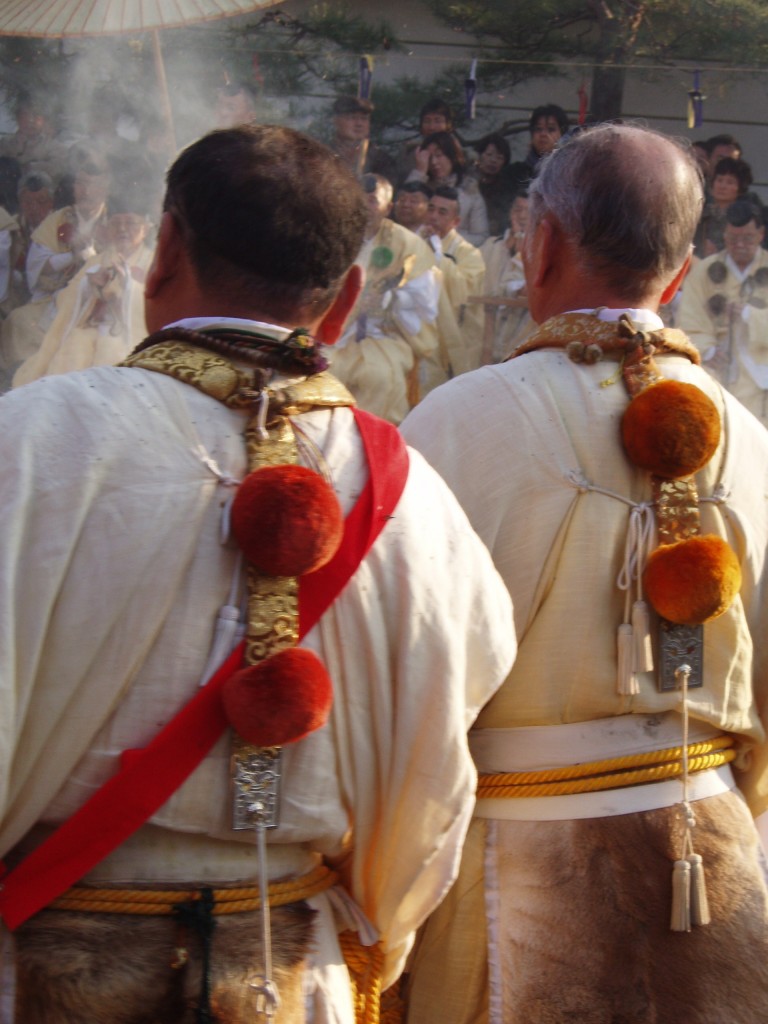
Yammabushi (mountain ascetics) of different ranks, as can be seen by the colour of their pompoms
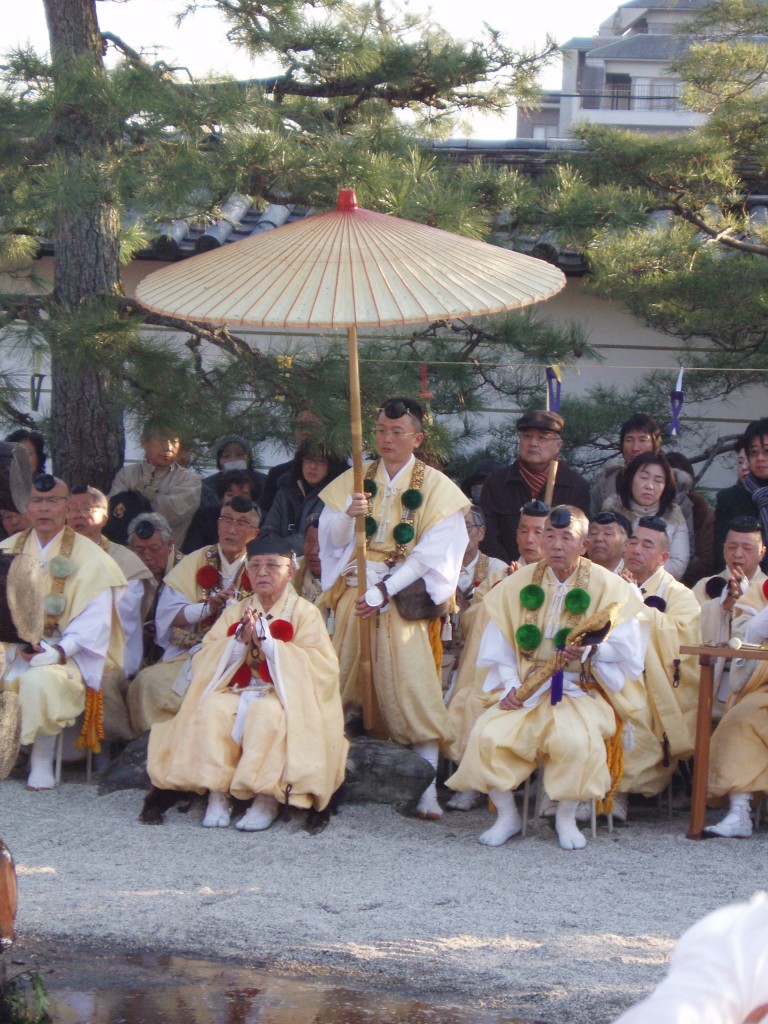
Shugendo has its ranking too, and as in Buddhism deference is shown by shading the most senior with an umbrella
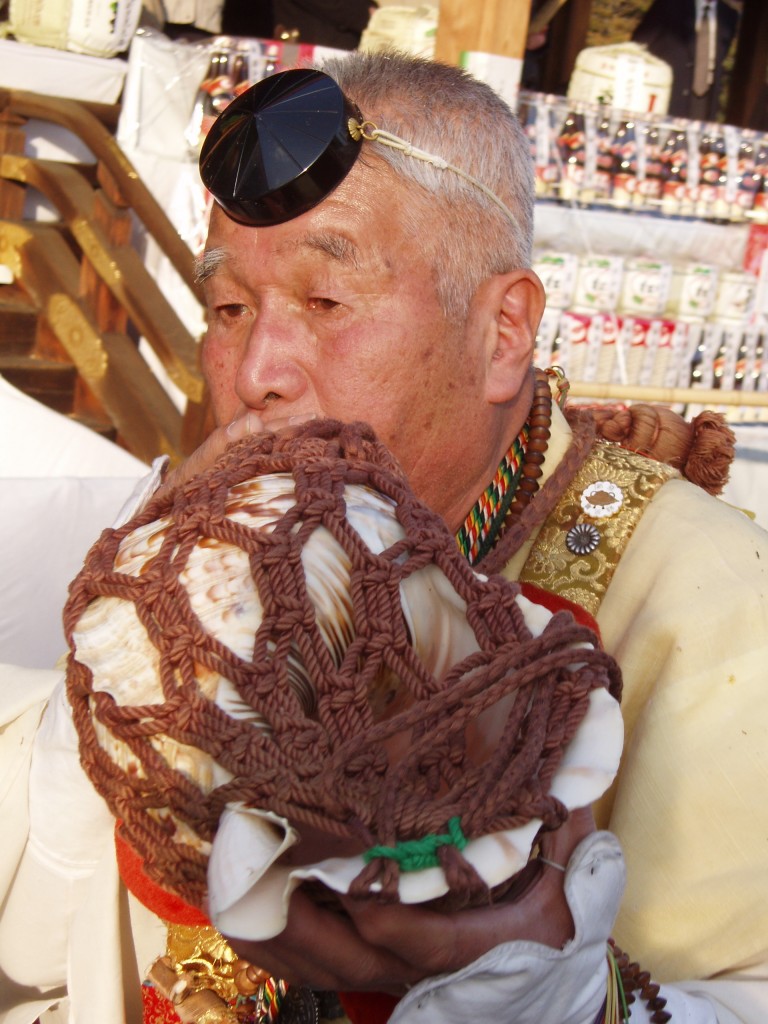
Blowing a conch horn is a prized skill in the mountains
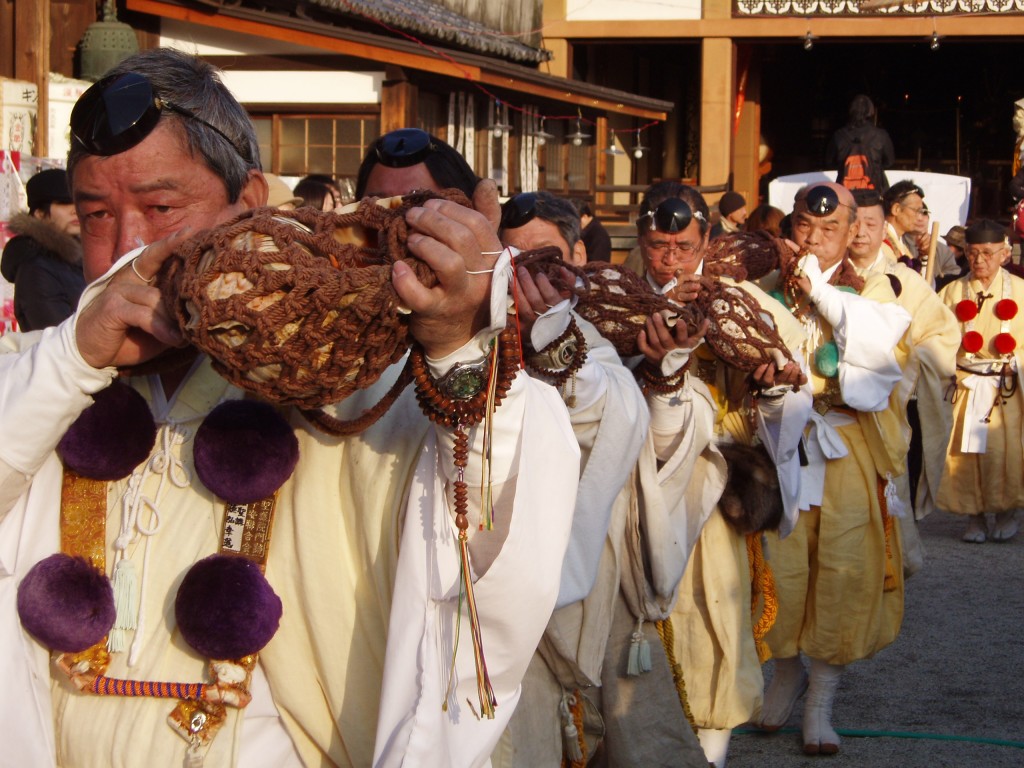
A whole line of 'horagai' (conch-shell) blowers at Shogo-in temple in Kyoto
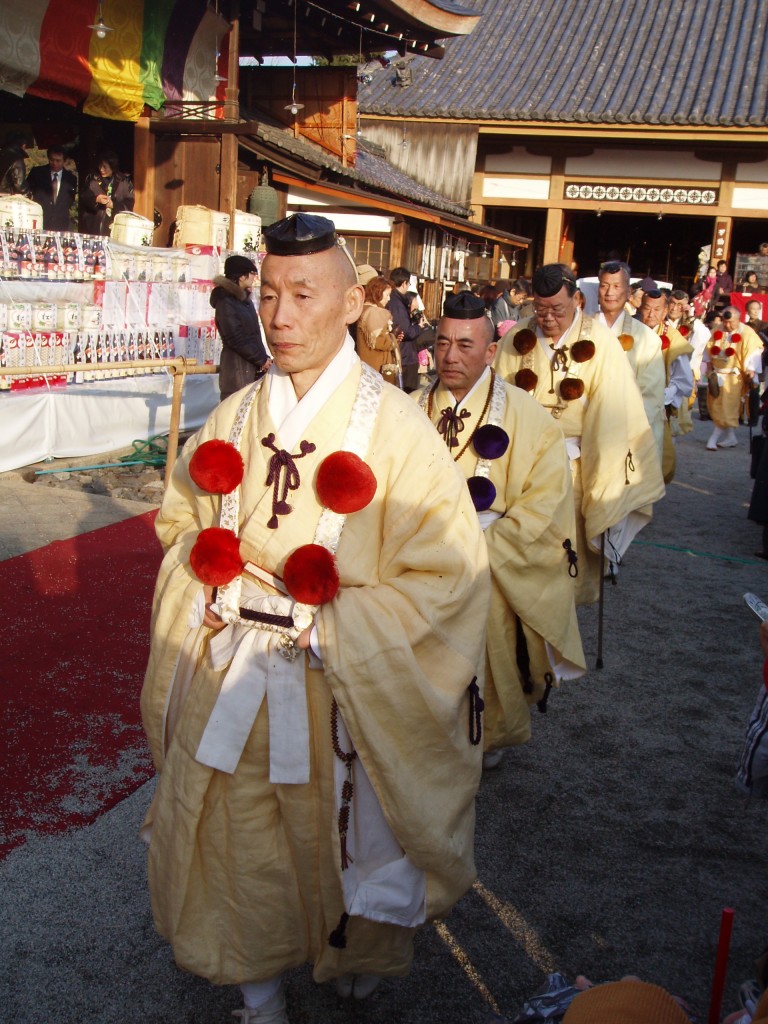
Procession of yamabushi mountain ascetics belonging to the Tendai branch of Buddhism
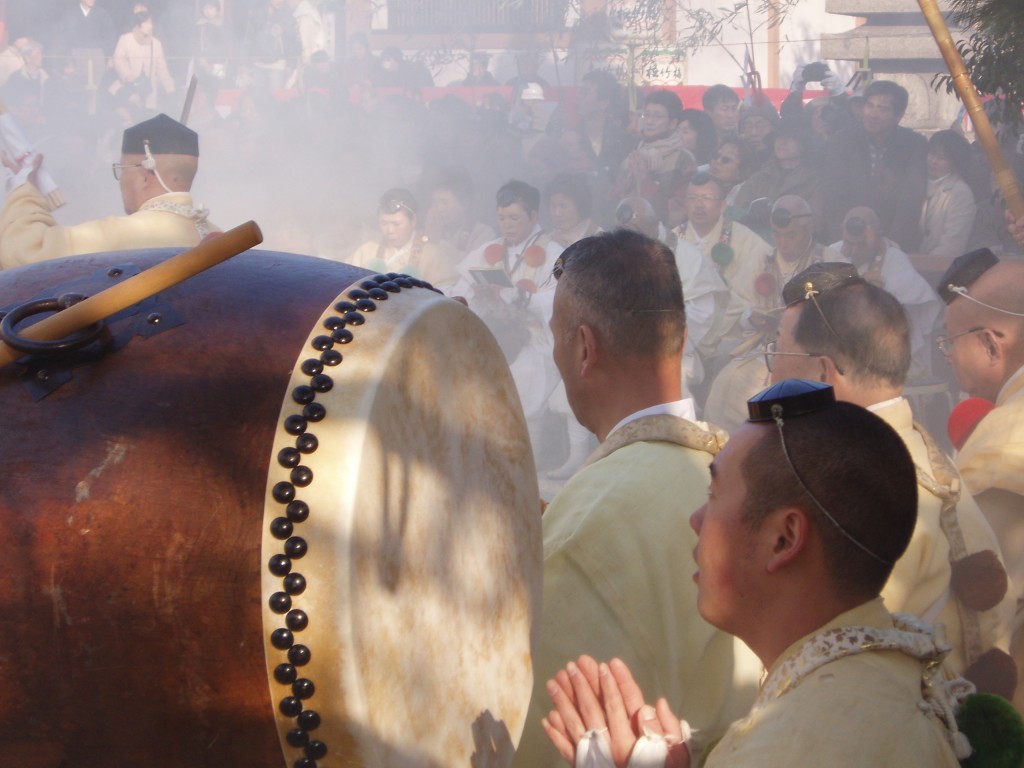
No cigarettes, but you have to like smoking when attending Shugendo fire festivals!

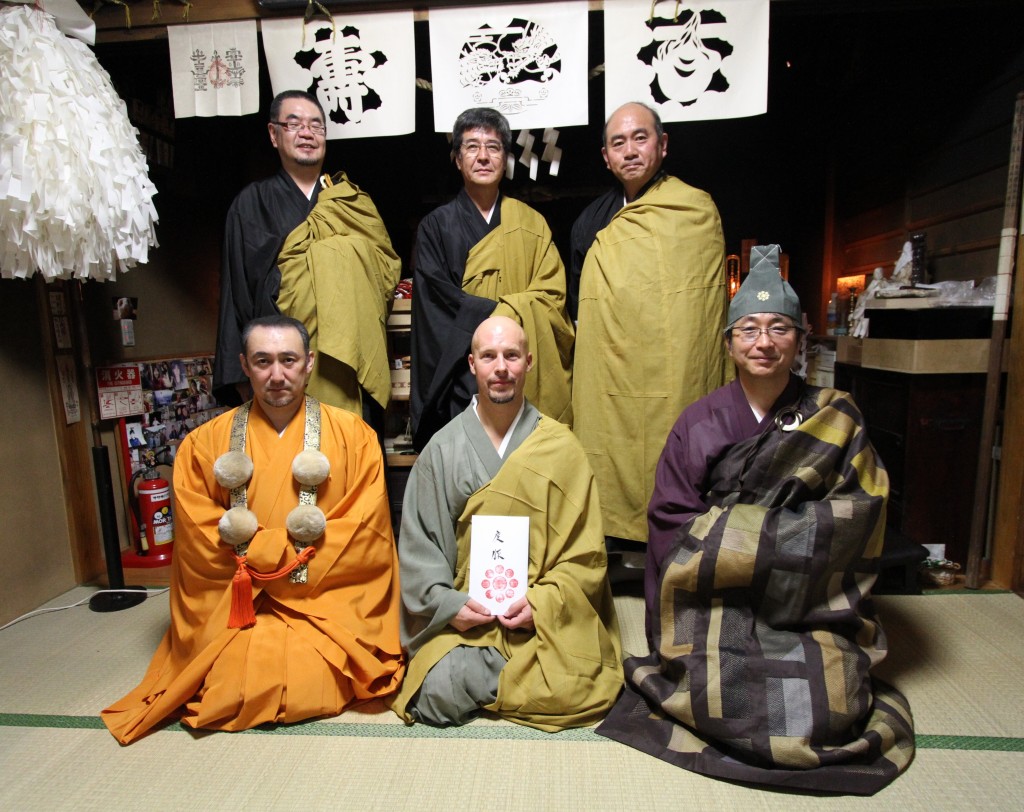
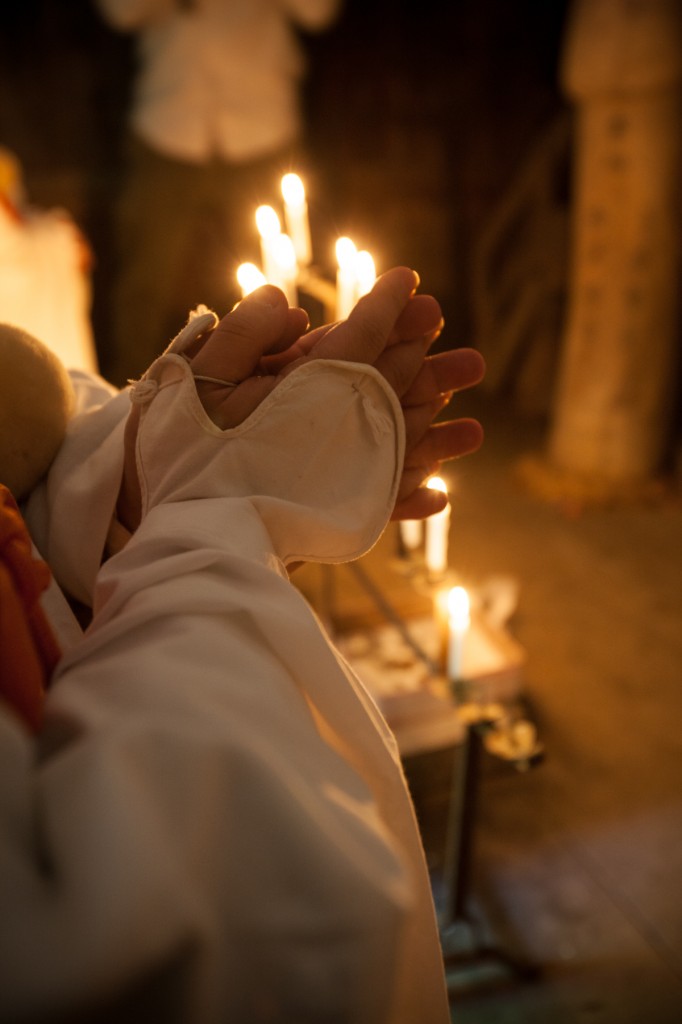
Thank you for these nice Article and beautiful Pictures. I know Christian Grübl Sensei from a Seminar. Shugendo is a good Way to connect with Nature and Deitys. Looking Forward to read more about these Matter.
Greetings,
Mark
Thank you, Mark, I’m hoping to get some firsthand accounts in the coming year…